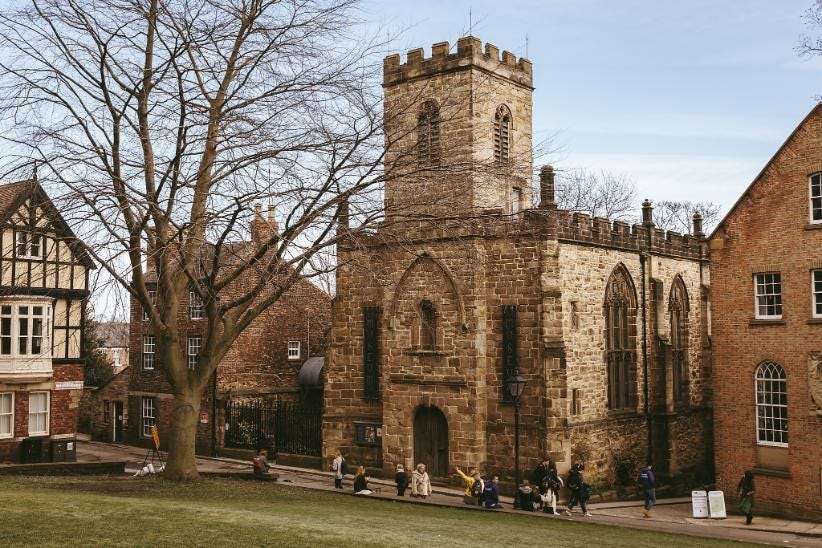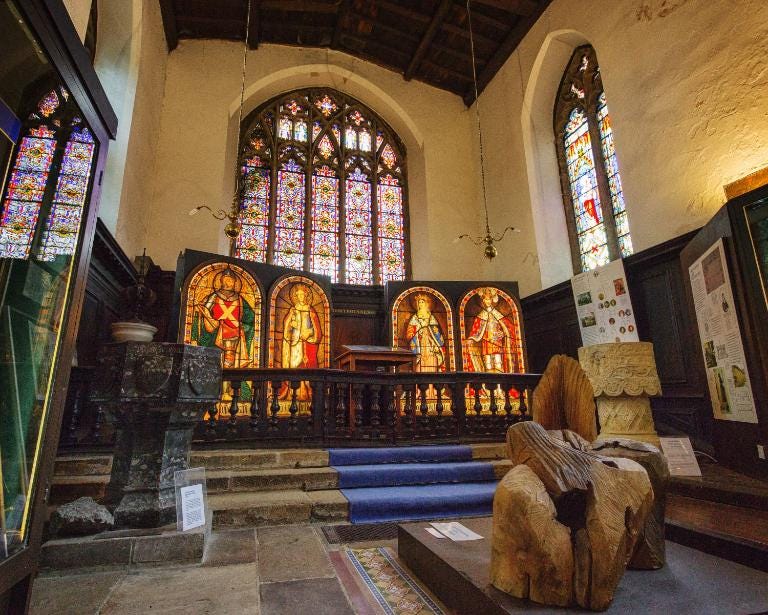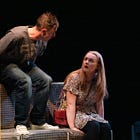Durham Museum finds temporary home in city centre
Closed museum’s collection pops back into public view in shopping centre. Tony Henderson reports.
Items from an extensive collection which tells a city’s story are going back on public show after their previous historic home closed last year.
For more than 50 years, the volunteer-run Durham Museum, which has also been known as Durham Heritage Centre, was based in the Grade I listed Church of St Mary le Bow, near Durham Cathedral.
The accredited museum has told the story of Durham’s history, with a particular focus on life in the city from the 17th century onwards. Durham Heritage Centre was established in the disused church, which closed in 1968, in 1972 and has been an important location to learn about social, cultural and economic life of the city, especially between the 18th and early 20th centuries.
But the costs of maintenance and repairs for the building proved too much for the Bow Trust, the charity which ran the museum.
Now, objects from the collection will be displayed in what was an empty unit in the Prince Bishops shopping centre in Durham, opening on Thursday, August 14, from 10am to 4pm.
It will then be open Thursday to Saturday until October, thanks to volunteers who will staff the unit.
The venture is a partnership between the Bow Trust, Beamish Museum, The Story heritage centre in Durham, and the Cathedral and Castle World Heritage Site.
The unit is near a pop-up branch of Newcastle’s Seven Stories and another former shop devoted to promoting Beamish Museum.
“The idea has been to create a sort of mini cultural quarter,” said Bow Trust chairman Adrian Green.
“The concern has been that if the Durham Museum collection was dispersed then it would never be possible to build up something like that again.
“I am thrilled and delighted that Beamish stepped in and hopefully it will bring leverage and be a stepping stone for something more permanent.”
The church is now closed, and the Bow Trust will surrender the lease in December. “It will then be up to the Durham Diocese to find a new use for the church,” said Mr Green.
Most of the current church building dates from the 1670s and was built to replace an older church on the site, which collapsed, along with a city gateway that stood adjacent to it, in 1637. Because the current church is a reconstruction of an older building, it combines elements of different dates, with the roof dating from the 15th century.
“A whole group of people have put tons of time and effort into the museum over the years, but there comes a time when it is no longer possible to do this sort of thing with only volunteers,” said Mr Green.
Items in the museum’s collection include a Sedan chair, originally used as a hire or hackney chair, with fabric dating to the 18th century.
It was given to Durham Museum by Durham School, which used it to transport sick pupils; and a section of 17th-century staircase from Sir John Duck’s house in Silver Street in Durham. Duck was apprenticed to a Durham butcher but amassed a fortune, served as mayor, and was created a baronet. He died in 1691.




